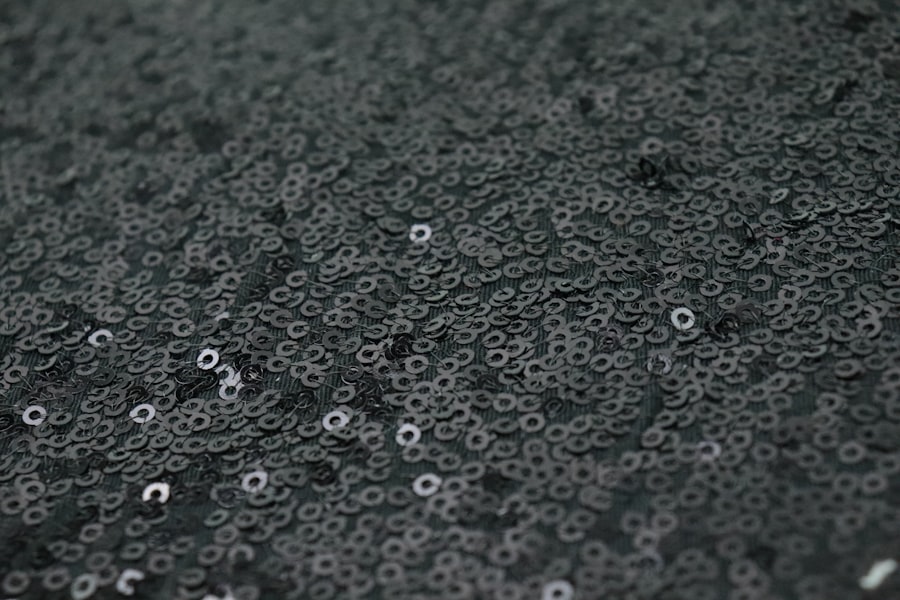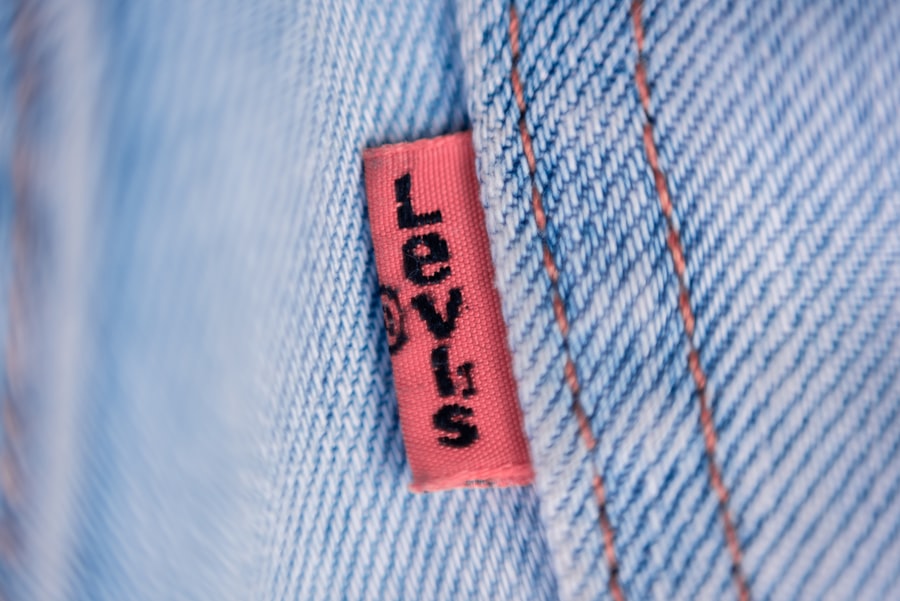Microfiber cloths have revolutionized the cleaning industry, offering a versatile and effective solution for a variety of cleaning tasks. Composed of ultra-fine synthetic fibers, these cloths are designed to trap dirt, dust, and moisture more efficiently than traditional cleaning materials. The unique structure of microfiber allows it to pick up particles that are smaller than the width of a human hair, making it an exceptional choice for both household and professional cleaning applications.
As consumers become increasingly aware of the benefits of using microfiber, these cloths have gained popularity in homes and businesses alike. The origins of microfiber date back to the 1970s in Sweden, where it was first developed for industrial use. Over the years, its applications have expanded significantly, leading to the creation of various types of microfiber cloths tailored for specific cleaning tasks.
Today, you can find microfiber cloths in a range of colors, sizes, and textures, each designed to meet different cleaning needs. Whether you are wiping down kitchen counters, polishing glass surfaces, or dusting delicate electronics, there is a microfiber cloth that can help you achieve a spotless finish.
Key Takeaways
- Microfiber cloths are made of synthetic fibers that are extremely small and thin, making them highly effective for cleaning.
- Using microfiber cloths for cleaning offers benefits such as superior absorbency, ability to trap dirt and dust, and versatility for use on different surfaces.
- Microfiber cloths can be used for cleaning various surfaces including glass, stainless steel, countertops, and electronics, with the ability to clean without the need for additional cleaning products.
- To maintain and care for microfiber cloths, it is important to wash them separately from other fabrics, avoid using fabric softener, and air dry them to preserve their effectiveness.
- Making the switch to microfiber cloths for cleaning is an eco-friendly choice, as they can be reused multiple times and reduce the need for disposable cleaning products.
Benefits of Using Microfiber Cloths for Cleaning
One of the most significant advantages of microfiber cloths is their superior cleaning ability. Unlike traditional cotton rags or paper towels, microfiber can capture and hold onto dirt and grime without the need for harsh chemicals. This not only makes cleaning more efficient but also contributes to a healthier environment by reducing the number of toxic substances released into your home.
The ability of microfiber to absorb moisture is another key benefit; it can hold up to seven times its weight in water, making it ideal for mopping up spills or wiping down surfaces. In addition to their cleaning prowess, microfiber cloths are also incredibly durable. With proper care, they can last for hundreds of washes without losing their effectiveness.
This longevity translates into cost savings over time, as you won’t need to constantly replace disposable cleaning products. Furthermore, microfiber is lightweight and compact, making it easy to store and transport. Whether you are tackling a deep clean or just doing a quick touch-up, having a set of microfiber cloths on hand can make the process more manageable and efficient.
How to Use Microfiber Cloths for Different Surfaces

Using microfiber cloths effectively requires an understanding of their various applications across different surfaces. For instance, when cleaning glass or mirrors, it’s best to use a dry microfiber cloth to avoid streaks. The fine fibers will lift dust and smudges without leaving lint behind.
For surfaces like countertops or tables, a damp microfiber cloth can be used to wipe away spills and crumbs effectively. The moisture helps to loosen dirt while the fibers trap it, ensuring a thorough clean. When it comes to electronics, such as televisions or computer screens, a specialized microfiber cloth designed for delicate surfaces is recommended.
These cloths are typically softer and less abrasive, preventing scratches while still providing excellent cleaning capabilities. For floors, larger microfiber mops can be used to cover more area quickly while effectively picking up dust and debris. By tailoring your approach based on the surface you are cleaning, you can maximize the effectiveness of your microfiber cloths.
Tips for Maintaining and Caring for Microfiber Cloths
| Tip | Description |
|---|---|
| Wash Regularly | Microfiber cloths should be washed after every use to remove dirt and bacteria. |
| Avoid Fabric Softener | Fabric softener can reduce the effectiveness of microfiber cloths, so it’s best to avoid using it. |
| Air Dry | It’s recommended to air dry microfiber cloths to maintain their quality and absorbency. |
| Separate from Other Fabrics | Wash microfiber cloths separately from other fabrics to prevent lint transfer. |
| Avoid High Heat | Avoid using high heat when washing or drying microfiber cloths to prevent damage to the fibers. |
To ensure that your microfiber cloths remain effective over time, proper maintenance is essential. After each use, it’s important to rinse them out thoroughly to remove any dirt or debris that may have accumulated during cleaning. Avoid using fabric softeners or bleach when washing microfiber cloths, as these substances can break down the fibers and reduce their effectiveness.
Instead, opt for a gentle detergent and wash them in warm water to preserve their structure. Drying microfiber cloths should also be approached with care. Air drying is the best option to maintain their integrity; however, if you prefer using a dryer, select a low heat setting.
High temperatures can damage the fibers and diminish their cleaning capabilities. Additionally, it’s wise to keep your microfiber cloths separate from other laundry items to prevent lint transfer. By following these simple care tips, you can extend the lifespan of your microfiber cloths and continue enjoying their benefits for years to come.
Eco-Friendly Cleaning with Microfiber Cloths
In an era where environmental consciousness is paramount, microfiber cloths stand out as an eco-friendly cleaning option. Their ability to clean effectively without the need for chemical cleaners means that you can reduce your household’s chemical footprint significantly. This is particularly beneficial for families with children or pets who may be more sensitive to harsh cleaning agents.
By switching to microfiber cloths, you are not only making a healthier choice for your home but also contributing positively to the environment. Moreover, the durability of microfiber cloths means that they can be reused many times before needing replacement. This reduces waste associated with disposable cleaning products like paper towels or single-use wipes.
By investing in high-quality microfiber cloths and maintaining them properly, you are making a sustainable choice that aligns with eco-friendly practices. As more people seek ways to minimize their impact on the planet, incorporating microfiber into your cleaning routine is a simple yet effective step toward greener living.
Common Misconceptions about Microfiber Cloths

Despite their many advantages, there are several misconceptions surrounding microfiber cloths that can deter potential users from embracing them fully. One common myth is that all microfiber cloths are created equal; however, this is far from the truth. The quality of microfiber can vary significantly based on factors such as fiber density and construction methods.
Higher-quality microfiber cloths tend to be more effective at trapping dirt and are more durable than their lower-quality counterparts. Another misconception is that microfiber cloths require special care or handling that makes them impractical for everyday use. In reality, they are quite easy to incorporate into your cleaning routine with minimal adjustments needed.
While it’s true that they should not be washed with fabric softeners or bleach, their maintenance is straightforward and manageable for most households. By dispelling these myths and understanding the true capabilities of microfiber cloths, consumers can make informed decisions about their cleaning products.
Recommended Microfiber Cloth Brands and Products
When it comes to selecting the best microfiber cloths for your needs, several reputable brands stand out in the market. One such brand is E-Cloth, known for its high-quality microfiber products designed specifically for various cleaning tasks. Their cloths are durable and effective at removing dirt without chemicals, making them a popular choice among eco-conscious consumers.
Another excellent option is The Rag Company, which offers a wide range of microfiber products tailored for different applications—from automotive detailing to household cleaning. Their commitment to quality ensures that you receive products that perform exceptionally well while lasting through numerous washes. For those looking for budget-friendly options without sacrificing quality, AmazonBasics also provides reliable microfiber cloths that are perfect for everyday use.
Making the Switch to Microfiber for a Cleaner Home
In conclusion, transitioning to microfiber cloths for your cleaning needs presents numerous benefits that enhance both efficiency and sustainability in your home. With their superior ability to trap dirt and moisture without harsh chemicals, these versatile tools offer an eco-friendly alternative to traditional cleaning methods. By understanding how to use and care for microfiber cloths effectively, you can maximize their potential while contributing positively to your household’s health and the environment.
As you consider making the switch to microfiber, take the time to explore various brands and products available on the market today. Investing in high-quality microfiber cloths will not only improve your cleaning routine but also provide long-term savings through their durability and reusability. Embrace this innovative cleaning solution and enjoy a cleaner home while making environmentally conscious choices—your home and the planet will thank you!
